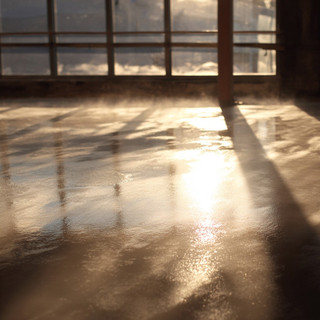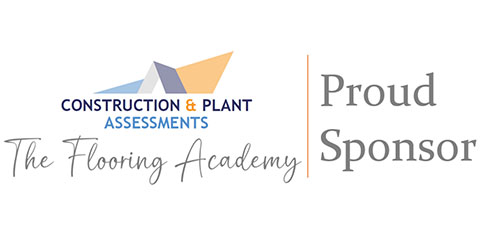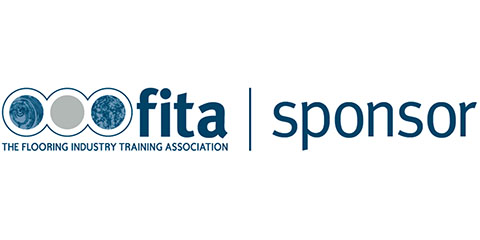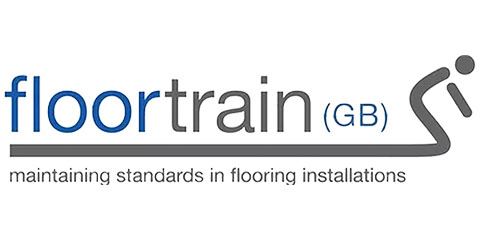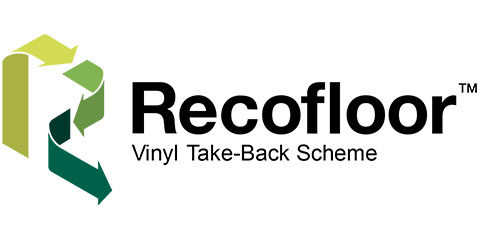LVT Install & Tools FAQ
22nd Feb 2023
What Tools do I need for LVT Flooring?
A tape measure, pencil, cutting knife, LVT Guillotine, gloves, PPE, Adhesive or Double-sided tape depending on the LVT
Also consider subfloor preparation before fitting your LVT.
What is the best tool for cutting Vinyl Plank & Tiles?
An LVT Guillotine is the most efficient tool to cut vinyl planks and tiles, although a utility knife can also be used to great effect. If using a utility knife, ensure that the blade is sharp, and the knife is in good condition.
Can I lay LVT Myself?
LVT is one of the easiest floor coverings to lay yourself, it is easy to cut and lay - and can be laid with a minimal number of tools. Many manufactures also offer click or loose lay ranges designed for an easier installation.
Can you cut LVT with a Stanley Knife?
Yes! For DIY, A Stanley knife with a sharp blade, is up to the job of cutting LVT and vinyl. Although If you are a professional or fitting a large area a professional LVT cutter will be far more suitable.
What is the best knife for LVT?
Provided your utility knife is sharp and is equipped with heavy duty blades it will be suitable for cutting and trimming vinyl during your installation. The majority of professional floor fitters will use a Delphin Knife due to its ergonomic design.
How to cut vinyl without chipping?
The best method to prevent chipping when cutting vinyl tiles is to use a professional Vinyl tile cutter, with a shape blade. This will ensure a clean cut in your LVT flooring.
How do you fill gaps in LVT?
If you are using vinyl tiles or planks, these should fit together to reduce any gaps. If you are joining different sheets of vinyl, you will be able to fill in gaps with caulking - using a putty knife to create a good finish.
What direction to lay Vinyl Plank Flooring?
If you are installing vinyl planks in narrow spaces - such as hallways and corridors - lay them parallel to the longest wall, this placement will make your space feel bigger and wider.
Should LVT be glued down?
Whether an LVT should be glued down or not depends on the type of LVT being Installed. When fitting a Dryback LVT, you should use an adhesive to ensure the LVT is kept in place. When fitting a specified loose lay or click vinyl flooring no adhesive is required, however is not ideal for a commercial or high foot traffic areas.




